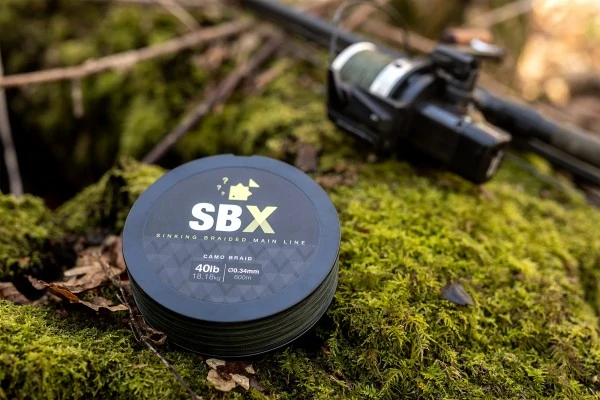What Breaking Strain Line for Carp Fishing?
Choosing the right breaking strain line is crucial in carp fishing, as it determines your ability to land fish effectively while maintaining control and minimizing the risk of line breakage. The breaking strain, measured in pounds (lb), refers to the force required to break the line. In this guide, we’ll explore the best breaking strain options for different carp fishing situations.
Factors to Consider When Choosing Breaking Strain
- Fishing Venue: The size of the lake, depth, and presence of snags all affect your line choice.
- Carp Size: Larger carp require stronger lines to withstand their power.
- Fishing Style: Whether you’re using a float, feeder, or distance casting setup influences the required strength.
Recommended Breaking Strain for Different Carp Fishing Situations
1. General Carp Fishing (Day Ticket Waters & Small Lakes)
- Line Strength: 10lb - 15lb
- Why?: Suitable for standard carp sizes (up to 20-25lb) with minimal snags.
- Best Type: Monofilament or fluorocarbon for versatility and durability.
2. Specimen Carp Fishing (Big Fish Waters)
- Line Strength: 15lb - 20lb
- Why?: Essential for targeting large carp (30lb+) where extra strength is needed.
- Best Type: Monofilament or fluorocarbon for abrasion resistance.
3. Fishing in Snaggy or Weedy Waters
- Line Strength: 18lb - 25lb
- Why?: Prevents line breakage when dealing with heavy snags and dense weed beds.
- Best Type: Braided or strong monofilament for enhanced durability.
4. Long-Distance Casting
- Line Strength: 10lb - 12lb (paired with a shock leader)
- Why?: Lower-diameter lines allow for greater casting distances.
- Best Type: Low-diameter monofilament or braid with a 30-50lb shock leader.
Additional Considerations
- Shock Leaders: If using a lighter mainline for casting, a shock leader of 30-50lb can help absorb casting force.
- Water Clarity: Fluorocarbon is nearly invisible underwater, making it ideal for wary carp in clear waters.
- Stretch vs. Sensitivity: Monofilament provides stretch, which can be forgiving, whereas braid offers greater sensitivity for bite detection.
Conclusion
Selecting the right breaking strain for carp fishing depends on your target fish size, venue conditions, and fishing method. By choosing the appropriate line strength and type, you can improve your chances of successfully landing carp while minimising lost fish. Happy fishing!
